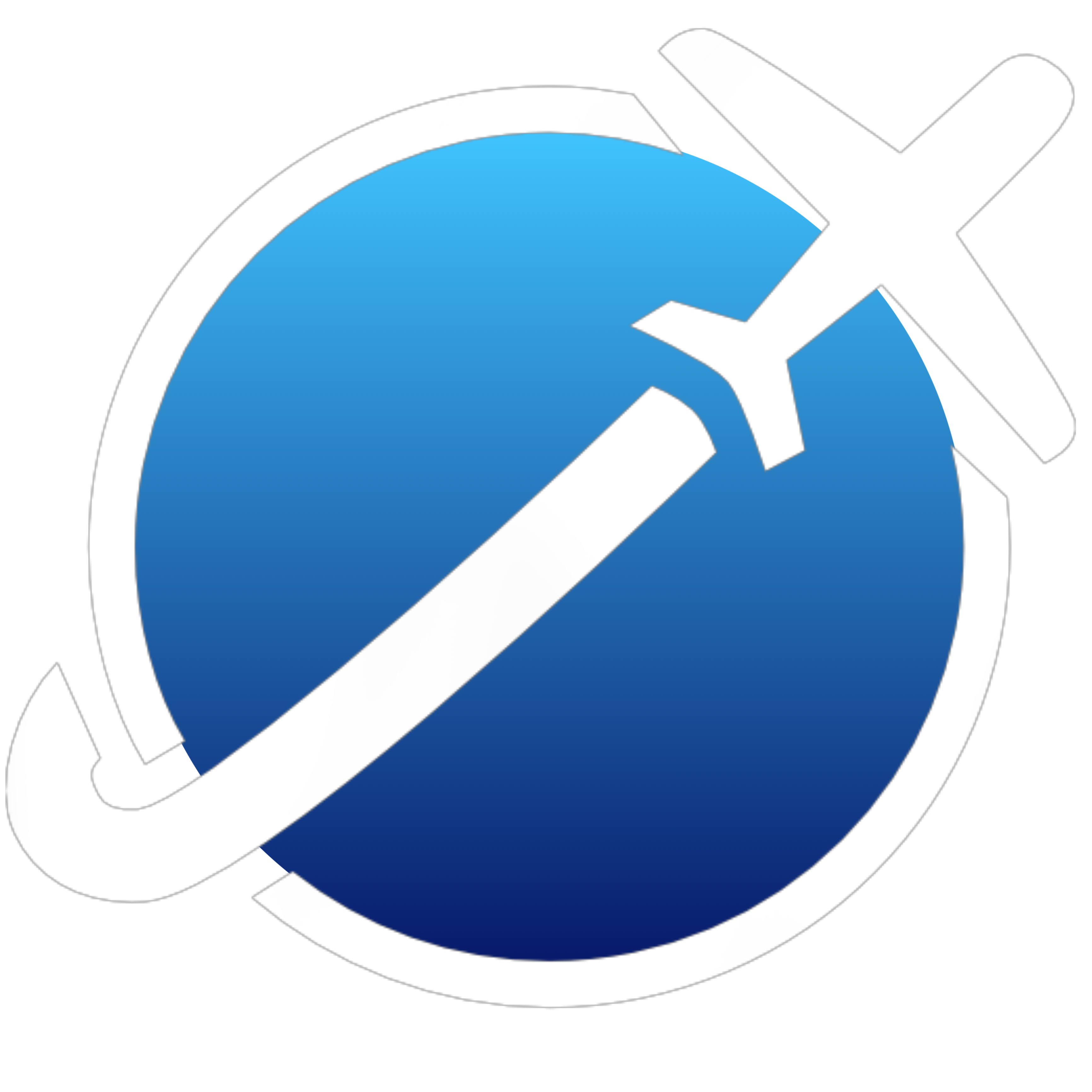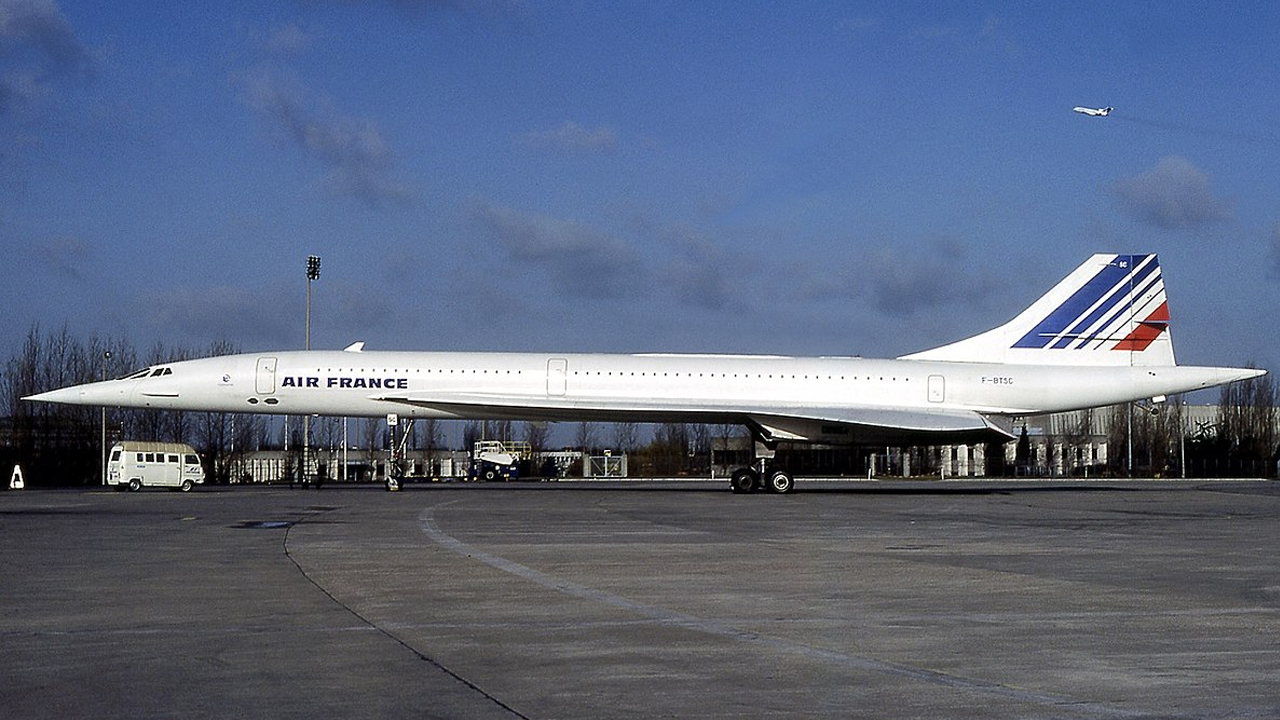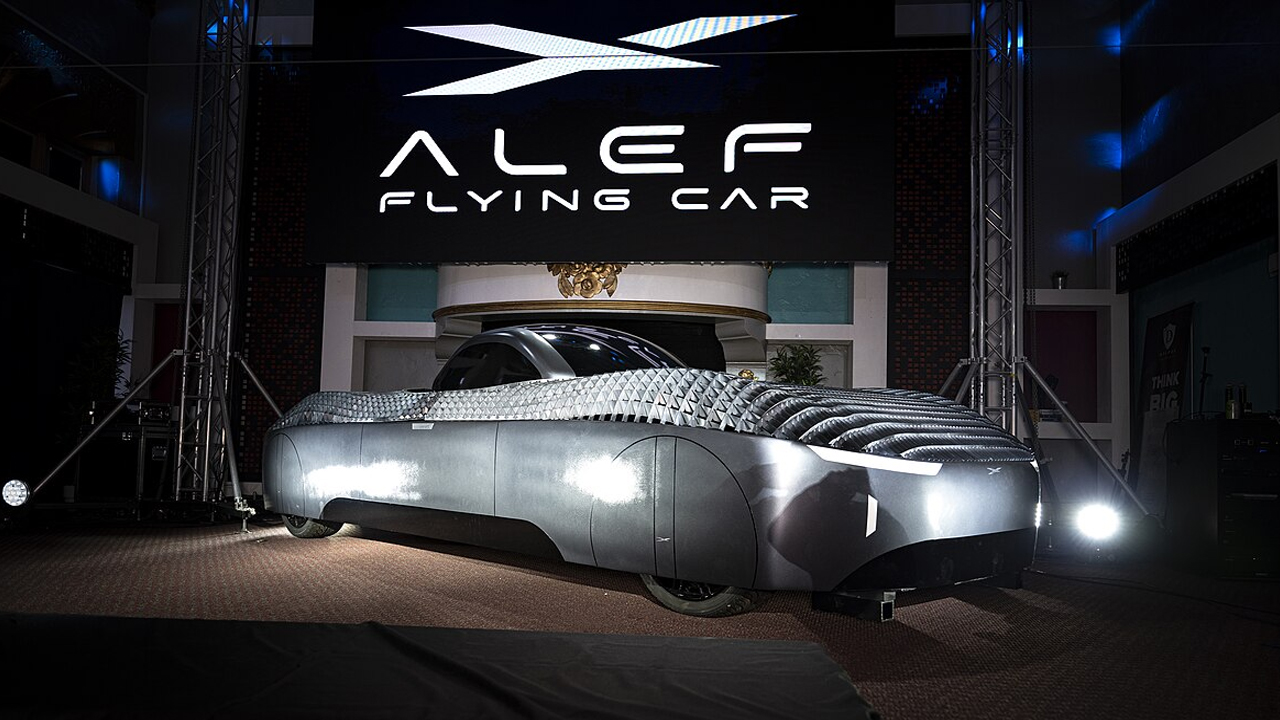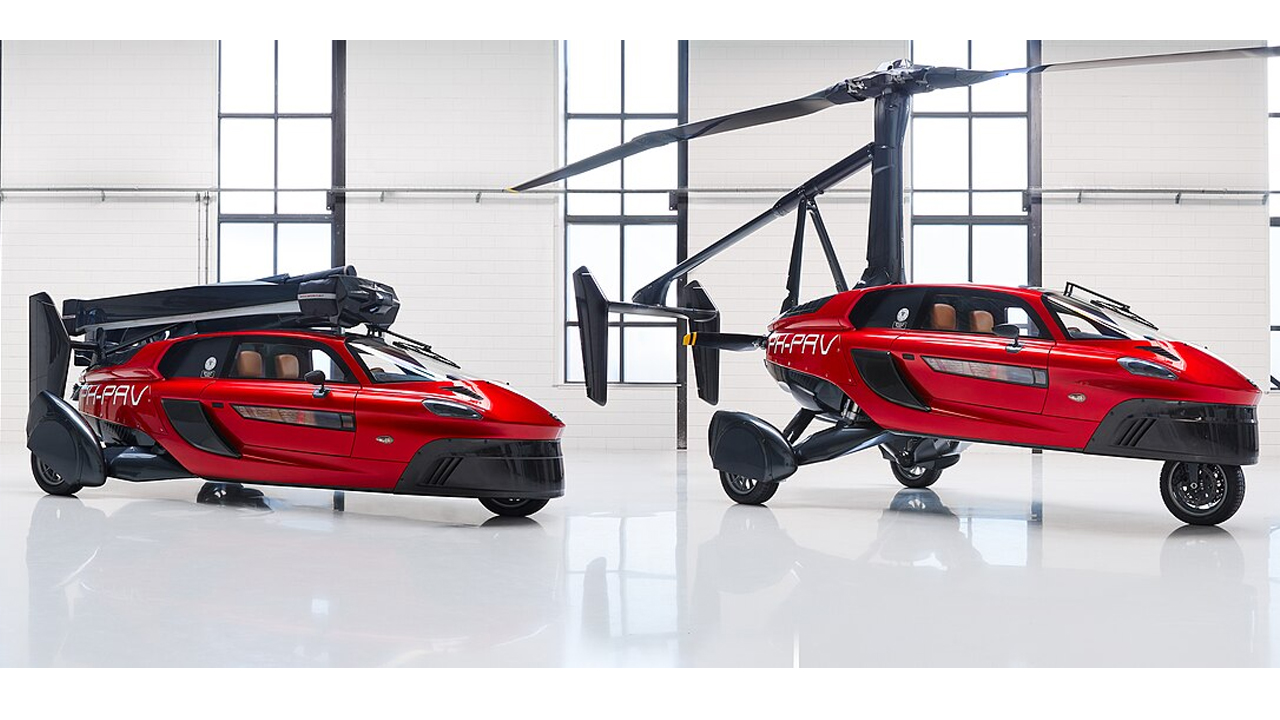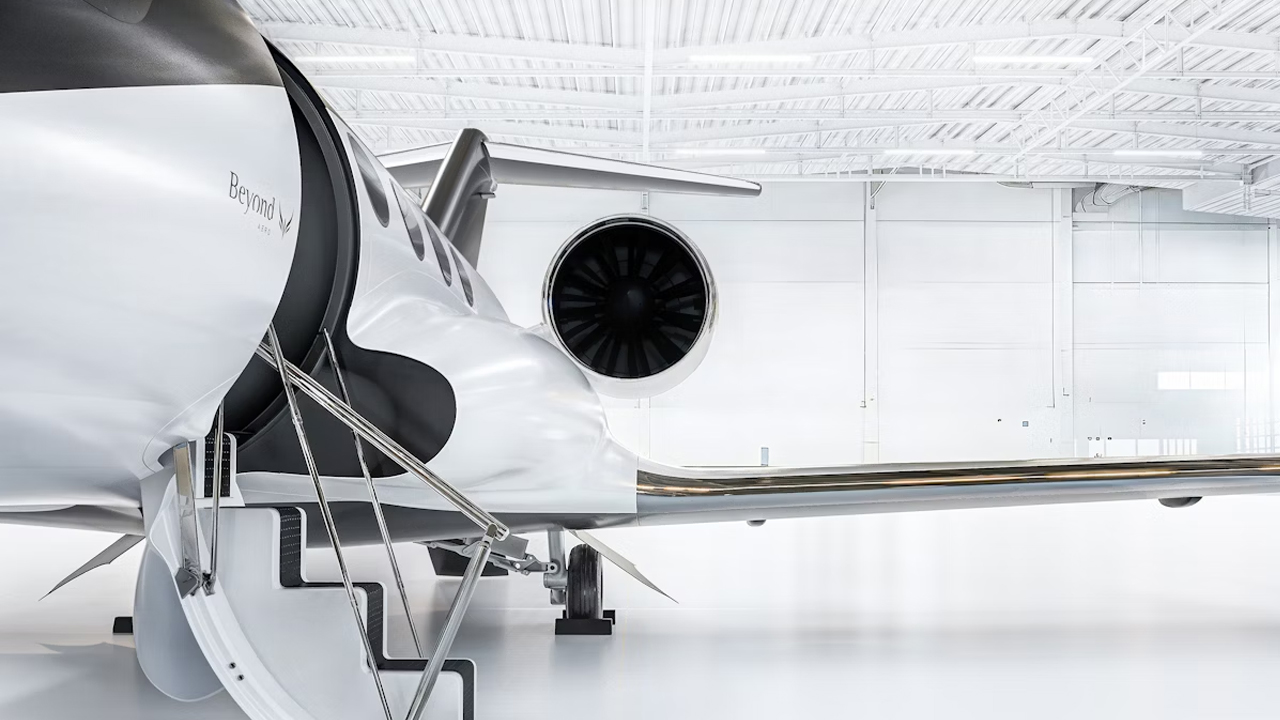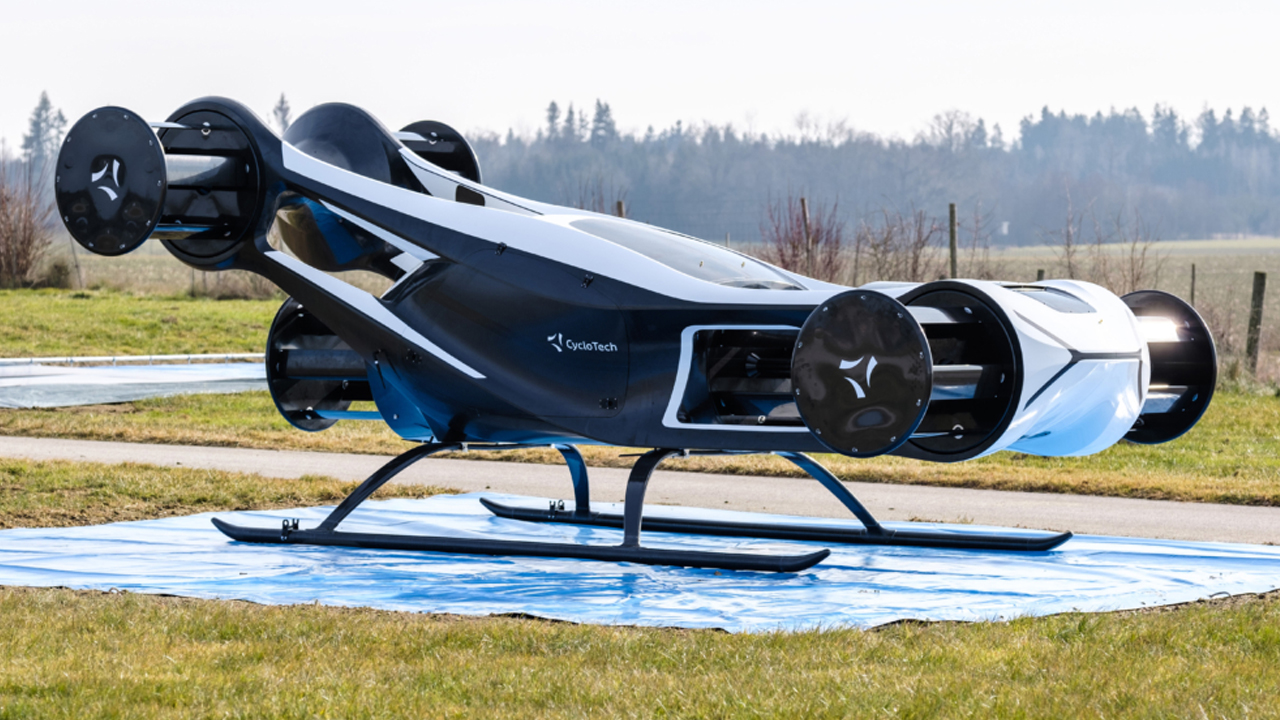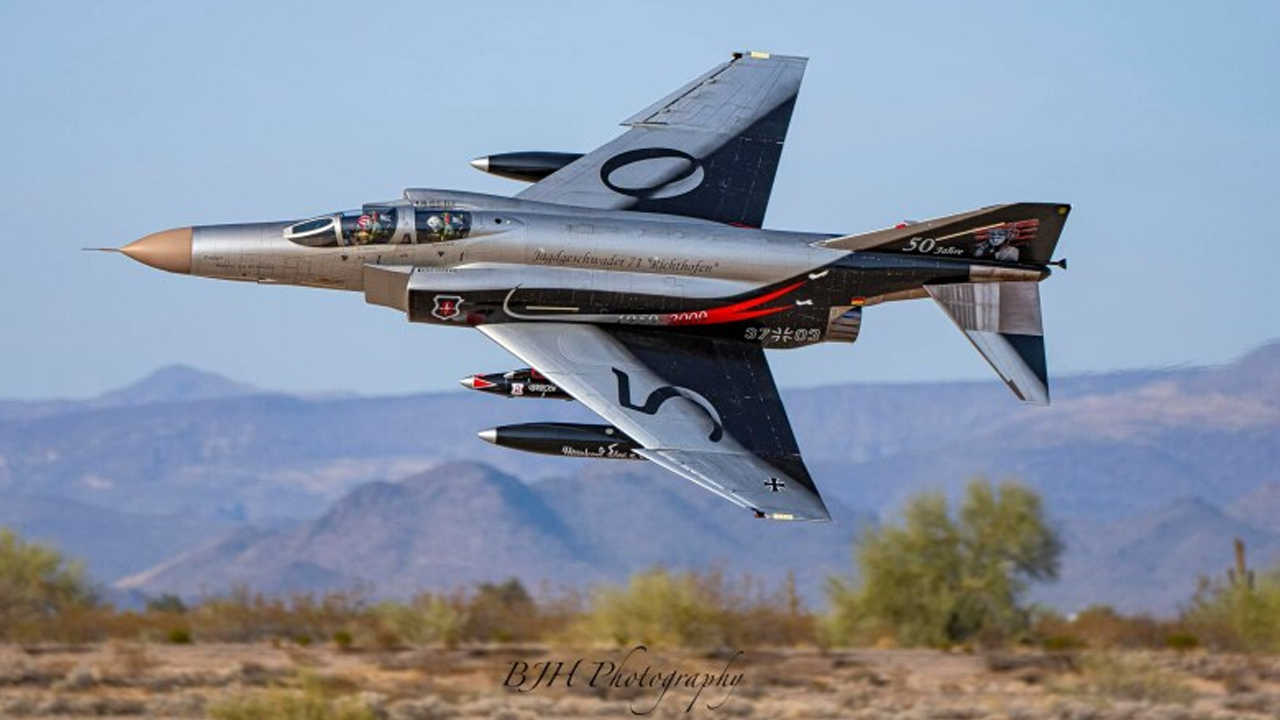When the Concorde made its final flight in 2003, it wasn’t because people stopped loving it. In fact, the jet still turns heads even in museums. But running the world’s fastest passenger plane was never cheap—or quiet. As Britannica breaks down, high costs, low passenger volume, and growing restrictions on supersonic travel forced the curtain to fall on the iconic aircraft.
Too Fast for the Real World
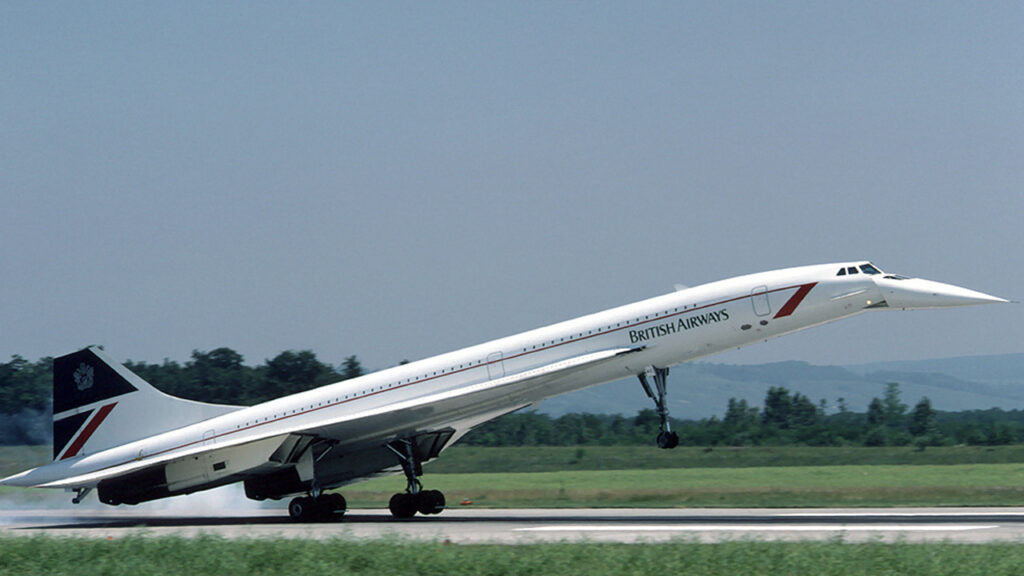
The Concorde could hit Mach 2, but that kind of performance came at a steep price. It burned fuel like a fighter jet, required constant maintenance, and its thunderous sonic boom meant it was limited mostly to routes over oceans. After the tragic crash in 2000 and a post-9/11 drop in air travel, airlines no longer saw it as worth the expense.
The Comeback Attempt

Still, the idea of crossing the Atlantic in half the time hasn’t lost its shine. Boom Supersonic, a Colorado-based startup, is pushing forward with its Overture jet—slated to fly at Mach 1.7 with seating for 65 to 80 passengers. The company says it’s designing the aircraft from the ground up to be more sustainable and scalable than the Concorde ever was. You can see their full pitch on the Boom Supersonic homepage.
Taming the Sonic Boom
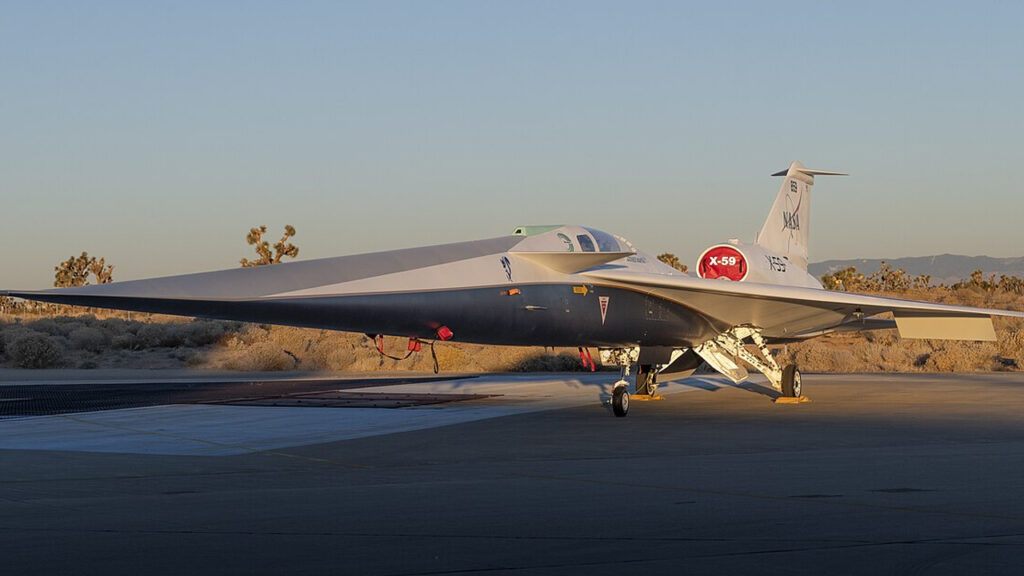
But if supersonic travel wants to go mainstream again, it has to solve one big problem: noise. That’s where NASA and Lockheed Martin come in. Their joint X-59 QueSST program aims to dramatically reduce the sonic boom to something more like a muted thump. If they pull it off, NASA believes regulators could lift the long-standing bans on overland supersonic flight.
Why It Still Won’t Be Easy
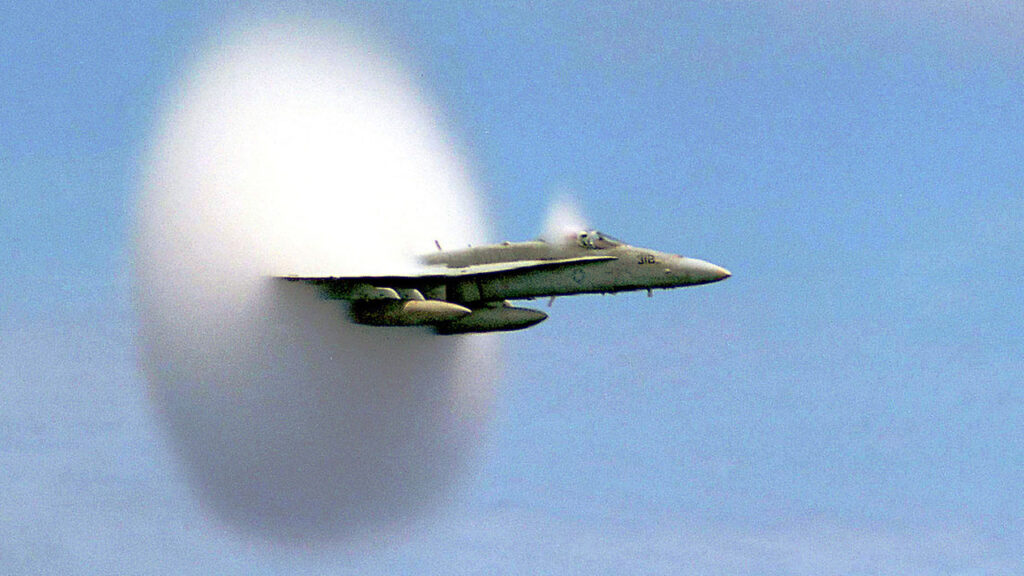
Even with better tech, the road back to supersonic isn’t smooth. Developers are still wrestling with environmental regulations, economic skepticism, and the simple fact that premium speed appeals to a niche audience. But if these projects can clear those hurdles, the age of high-speed travel might not be over—it could just be getting started.

